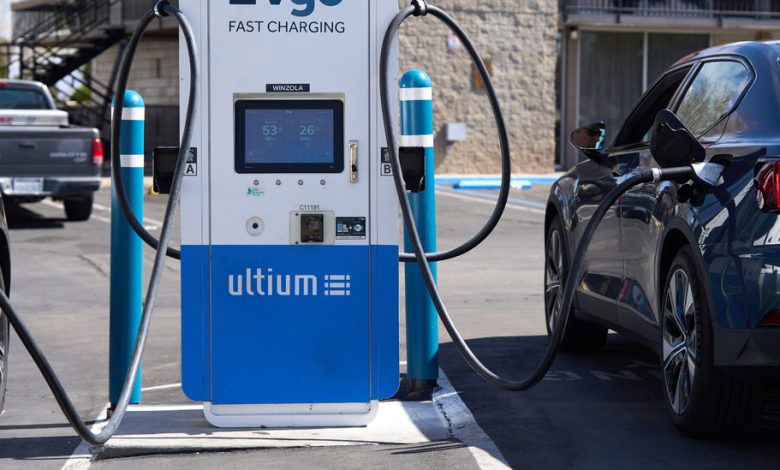What to Know About the Clean Auto Rule: It’s Not a Ban on Gas Cars

The Biden administration’s new regulation limiting tailpipe emissions from cars and light trucks would transform the American automobile market, charting a course away from the internal combustion engine and toward a future of electric cars and hybrids.
Here’s what to know about the measure.
It’s a big deal in the fight against climate change
In terms of lowering the emissions that are heating the planet, this regulation does more than any other climate rule issued by the federal government and more than any measure planned in the remainder of Mr. Biden’s first term.
That’s partly because transportation is the largest source of greenhouse gases generated by the United States. It’s also because the rule is objectively ambitious. The rule is projected to eliminate more than seven billion tons of carbon dioxide from the atmosphere over the next 30 years, more than all the greenhouse gases produced by the entire United States economy in one year. And, because the United States is a huge auto market, analysts project that companies making cleaner cars in the United States will start to sell them on the global market as other governments enact or move toward similar standards.
The rule is not a ban on gasoline-powered vehicles
The rule does not mandate sales of electric vehicles, and consumers can still buy and drive gas-powered cars. Rather, it requires car makers to meet tough new average emissions limits across their entire product lines; it’s up to manufacturers to decide how to meet those limits.
Under the Clean Air Act, the Environmental Protection Agency can limit the pollution generated by the total number of cars each year. E.P.A. officials said that, as long as automakers comply with the emissions rules, they can sell a mix of gasoline-burning cars, hybrids, E.V.s or other types of vehicles, such as cars powered by hydrogen.
The rule does not apply to sales of used vehicles.




